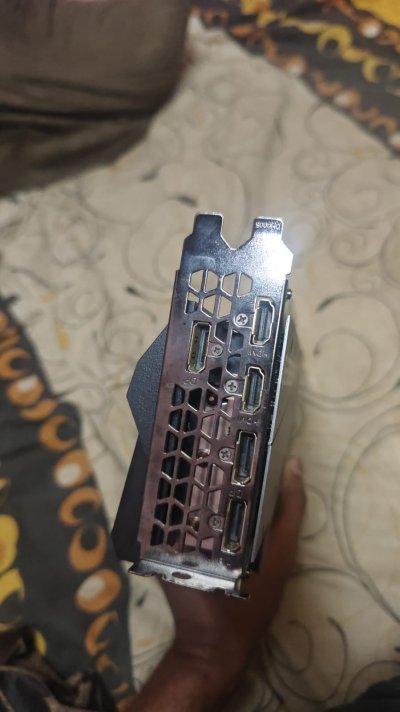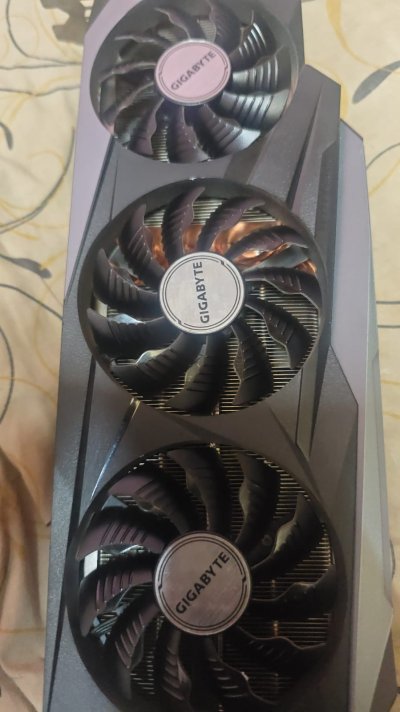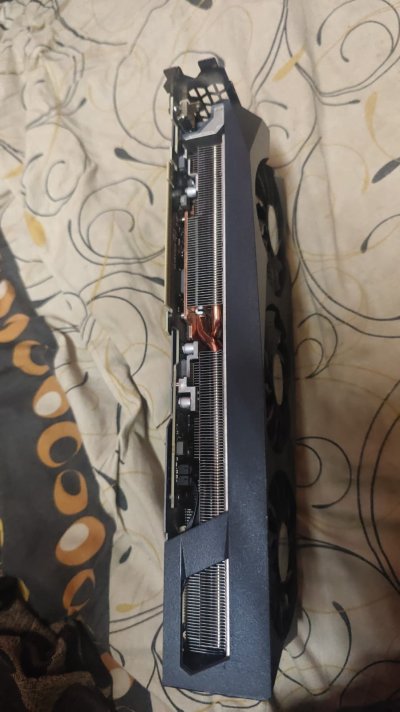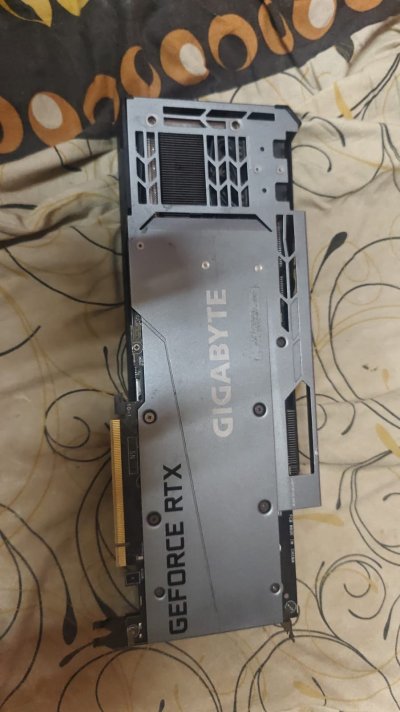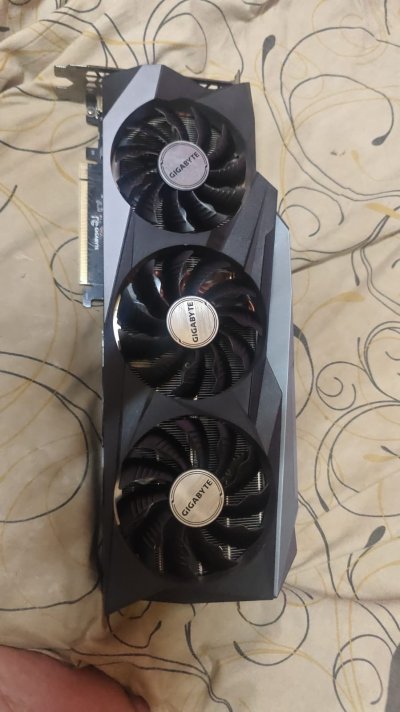Personally, I avoid buying GPUs that have been re-pasted, even though I know they might work fine afterward. It just gives me a bit of an uneasy feeling. I can't always trust the skill of the person who did it, was it their first re-paste? Were they careful enough? You just can't know for sure.
What I >>can<< tell is that once a card has been opened, there are clear signs. For instance, you can usually spot marks on the screws. If there aren't any visible signs, you'll often notice the screw tightness while unscrewing them. If they feel uneven, it's likely a sign that a human did the work. In a factory, screws are torqued to exact specifications, so they all have a consistent feel when you remove them. First-timers often over-tighten screws, which puts unnecessary stress on the die.
Another common mistake is not following the correct screw-tightening order. If there are four screws, for example, one for each corner of something, they should be tightened in this specific sequence: 1 -> 3 -> 2 -> 4 and repeat, and even then, it should be done gradually, little by little, to ensure no corner experiences excessive stress.
Additionally, while some components on the board have ESD protection, this can degrade over time, especially if the card is exposed to static charges from improperly grounded hands. This can lead to premature failure. There are a lot of little things like this that can make a difference, which is why I prefer to avoid re-pasted GPUs when I can.
If you are getting it for cheap, it doesn't matter, but if it's expensive, I suggest just buy a new card.






